Home>Articles>Which Of The Following Is Not True About Your Surge Protector?
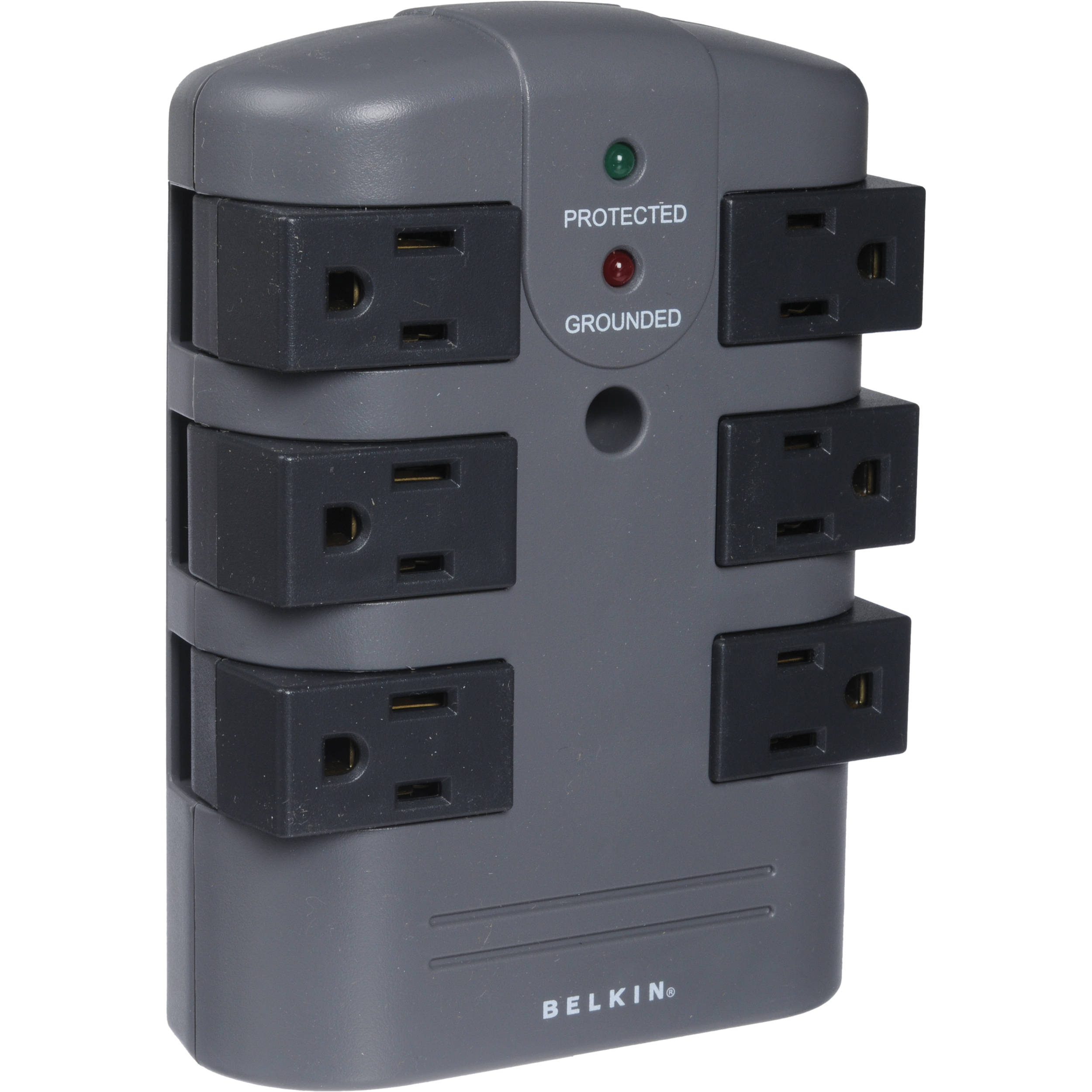

Articles
Which Of The Following Is Not True About Your Surge Protector?
Modified: October 21, 2024
Discover the truth about your surge protector. Explore articles that debunk common myths and learn which statement is not true.
(Many of the links in this article redirect to a specific reviewed product. Your purchase of these products through affiliate links helps to generate commission for Storables.com, at no extra cost. Learn more)
Introduction
A surge protector is an essential device that safeguards our valuable electronic equipment from power surges and electrical disturbances. It acts as a shield, protecting our devices from potential damage that can occur due to voltage spikes or sudden fluctuations in electrical power.
Despite being a common household item, there are several misconceptions and myths surrounding surge protectors. In this article, we will debunk these misconceptions and shed light on the importance of surge protectors in our daily lives.
Whether you have a home office with numerous electronics or a simple entertainment setup, understanding surge protectors can help you make informed decisions and ensure the safety and longevity of your devices.
So, let’s dive into the world of surge protectors and discover the truth behind common misconceptions.
Key Takeaways:
- Surge protectors are not immortal; they need to be replaced every 2-3 years or after significant power surges to ensure continued protection for your electronic devices.
- Understanding surge protector ratings and features is crucial for selecting the right one to safeguard your devices effectively and prolong their lifespan.
Read more: How To Lock Your RV Surge Protector
Surge Protector Basics
Before we debunk the misconceptions, let’s start with the basics of surge protectors. A surge protector, also known as a surge suppressor or a power strip, is a device designed to protect electrical devices from voltage spikes or surges. These surges can occur due to lightning strikes, power grid issues, or even simple electrical fluctuations within our homes.
A surge protector works by diverting excess voltage away from the connected devices, ensuring that they receive a consistent and safe level of power. It acts as a barrier, preventing voltage spikes from reaching your valuable electronics and causing irreversible damage.
Most surge protectors come in the form of power strips, equipped with multiple outlets and a built-in surge protection component. They typically have indicator lights that show if the surge protection is functioning properly. Additionally, surge protectors often have features like overcurrent protection and thermal fuses to further safeguard against electrical hazards.
It’s important to note that surge protectors are not the same as power strips or extension cords. While a power strip or extension cord simply provides extra outlets, a surge protector offers the added benefit of protecting your devices from power fluctuations. Therefore, it’s crucial to choose a surge protector instead of a regular power strip when aiming to protect your electronics.
Now that we have covered the basics, let’s address some common misconceptions that surround surge protectors and debunk them once and for all.
Common Misconceptions about Surge Protectors
There are several misconceptions and myths when it comes to surge protectors. Let’s take a look at some of the most common ones:
- Surge protectors last forever: One common misconception is that surge protectors have an indefinite lifespan. While surge protectors can provide protection for a significant amount of time, they are not invincible. Over time, the components inside the surge protector may degrade, reducing its effectiveness. It is recommended to replace surge protectors every 2-3 years or if they have taken a significant hit from a power surge.
- All surge protectors are the same: Another misconception is that all surge protectors offer the same level of protection. The truth is, not all surge protectors are created equal. Different surge protectors have varying levels of joule ratings, response times, and protective features. It is important to invest in a reputable surge protector that meets your specific needs and offers adequate protection for your devices.
- Surge protectors protect against all electrical issues: While surge protectors are designed to protect against voltage spikes, they might not guard against all electrical issues. For example, surge protectors are not designed to protect against power outages or blackouts. In such cases, it is advisable to use additional measures like an uninterruptible power supply (UPS) to ensure continuous power supply to your devices.
- Surge protectors eliminate the need for grounding: Some people assume that surge protectors can compensate for the lack of proper grounding in their electrical system. However, this is incorrect. surge protectors require a proper grounding connection to function effectively. Without proper grounding, the surge protector may not be able to divert excess voltage away from your devices.
- A surge protector can protect an unlimited number of devices: While surge protectors come with multiple outlets, there is a limit to the number of devices that can be connected to a surge protector. Each surge protector has a maximum load capacity that must not be exceeded. Overloading the surge protector can lead to overheating and reduced protection, defeating the purpose of using one.
Understanding these misconceptions is crucial in order to make informed decisions when purchasing and using surge protectors. By debunking these myths, we can ensure that our electronics are properly protected and can operate at their optimal performance levels.
The Importance of Surge Protectors
The importance of surge protectors cannot be overstated when it comes to safeguarding our valuable electronic devices. Here are some key reasons why surge protectors are essential:
- Protection against voltage spikes: Surge protectors are designed to protect our devices from sudden spikes in electrical voltage. Voltage spikes can occur due to lightning strikes, power grid fluctuations, or even when high-powered appliances like refrigerators or air conditioners turn on and off. These voltage spikes can severely damage or even destroy our electronic devices, including computers, TVs, gaming consoles, and other expensive equipment.
- Extended lifespan for devices: By using surge protectors, we can significantly extend the lifespan of our electronic devices. The consistent and stable power supply provided by surge protectors prevents the wear and tear that can occur from voltage fluctuations. This means that our devices will operate more reliably and last longer, saving us money on repairs or replacements.
- Protection against data loss and corruption: Power surges can not only damage the hardware of our devices but also lead to data loss or corruption. When a power surge occurs during data transfer or while our devices are in use, important files and documents can become corrupted or lost. Surge protectors help prevent these data disasters by minimizing the risk of power surges reaching our devices.
- Peace of mind: Knowing that our devices are protected by surge protectors gives us peace of mind. We no longer have to worry about sudden power surges causing irreparable damage to our electronics. This peace of mind allows us to focus on our work, entertainment, or other daily activities without the fear of unexpected electrical issues.
- Convenient and cost-effective solution: Surge protectors are a convenient and cost-effective solution to protect multiple devices. Instead of buying individual surge protection for each device, we can use a single surge protector with multiple outlets. This not only saves money but also eliminates the clutter of multiple power cords and adapters.
Overall, surge protectors are a vital component in ensuring the safety and longevity of our electronic devices. They provide protection against voltage spikes, extend the lifespan of our devices, safeguard our data, and offer us peace of mind. By investing in high-quality surge protectors and using them properly, we can mitigate the risks associated with electrical disturbances and enjoy hassle-free usage of our electronic equipment.
How Surge Protectors Work
To understand how surge protectors work, we need to delve into the inner workings of these devices. At their core, surge protectors are designed to divert excess voltage away from our electronic devices and provide a stable power supply. Here’s a breakdown of how surge protectors work:
- Surge detection: Surge protectors are equipped with components such as metal oxide varistors (MOVs) or gas discharge tubes that detect sudden voltage spikes. When a surge is detected, these components quickly divert the excess voltage to prevent it from reaching our devices.
- Diversion of excess voltage: Once a surge is detected, the surge protector acts as a barrier, redirecting the excess voltage through the grounding wire or into a connected surge protection component. By diverting the excess voltage, the surge protector prevents it from flowing into our devices and causing damage.
- Joule rating: The joule rating of a surge protector indicates the amount of energy it can absorb during a power surge. The higher the joule rating, the more energy the surge protector can handle. A surge protector with a higher joule rating provides better protection for our devices.
- Response time: Surge protectors also have a response time, which refers to how quickly they can react to a surge and start diverting the excess voltage. A shorter response time is preferable as it ensures that our devices are protected almost instantaneously.
- Clamping voltage: The clamping voltage of a surge protector is the voltage at which it starts diverting excess energy. Surge protectors with lower clamping voltages offer better protection by detecting and diverting surges at lower voltage levels.
It’s important to note that surge protectors themselves have a limit to the amount of energy they can handle. If a power surge exceeds the capacity of the surge protector, it may fail to provide adequate protection. That’s why it’s crucial to choose a surge protector with a high joule rating and other protective features to ensure optimal protection for our devices.
Additionally, it’s worth mentioning that surge protectors do not completely eliminate power surges. They can only provide a certain level of protection. Therefore, it’s always a good idea to implement multiple layers of protection, such as unplugging devices during a severe storm or using an uninterruptible power supply (UPS) for added backup power.
By understanding how surge protectors work, we can appreciate the role they play in safeguarding our electronic devices from damaging power surges. It’s essential to invest in high-quality surge protectors that meet our specific needs and provide adequate protection for our devices.
Check the joule rating of your surge protector. A higher rating means better protection. Look for a model with a warranty to ensure quality.
Features to Look for in Surge Protectors
When shopping for surge protectors, it’s important to consider various features that enhance their effectiveness and ensure the safety of your electronic devices. Here are some key features to look for:
- Joule rating: The joule rating indicates the amount of energy a surge protector can absorb during a power surge. Look for surge protectors with a higher joule rating, as they offer better protection for your devices. Opt for a surge protector with a joule rating of at least 1000 or higher for optimal protection.
- Clamping voltage: The clamping voltage is the voltage at which the surge protector starts diverting excess energy. Choose a surge protector with a lower clamping voltage for better protection. A clamping voltage of around 400 volts or less is ideal for safeguarding your devices against power surges.
- Number of outlets: Consider the number of outlets you need for your devices. Surge protectors come with varying numbers of outlets, so choose one that can accommodate all your equipment without the need for additional power strips or extension cords.
- USB ports: Look for surge protectors with built-in USB ports. These ports allow you to directly charge your mobile devices or connect USB-powered devices without using additional adapters or chargers.
- Response time: The response time of a surge protector indicates how quickly it can react to a power surge and start diverting the excess voltage. Look for surge protectors with shorter response times to ensure rapid protection for your devices.
- Indicator lights: Surge protectors with indicator lights provide visual feedback on their status. These lights can indicate if the surge protector is functioning properly, if it needs to be replaced, or if it requires attention. Indicator lights are a helpful feature for monitoring the health of your surge protector.
- Receptacle orientation: Consider surge protectors with a mix of horizontal and vertical outlets or rotated outlets. This can ensure that all your devices can be connected without blocking neighboring outlets or causing difficulty in plugging in bulky adapters.
- Warranty: Check the warranty offered by the surge protector manufacturer. A longer warranty period indicates the manufacturer’s confidence in their product’s quality and can provide you with peace of mind.
- Built-in surge protection status: Some surge protectors come with a feature that alerts you if the surge protection component has worn out or if the surge protector needs to be replaced. This can help you stay proactive in maintaining the effectiveness of your surge protector.
By considering these features, you can select a surge protector that caters to your specific needs and provides reliable protection for your electronic devices. Remember to choose a reputable brand with positive reviews and ratings to ensure the quality and performance of your surge protector.
Understanding Surge Protector Ratings
When it comes to surge protectors, understanding the various ratings associated with them is crucial in determining their effectiveness and choosing the right one for your needs. Here are the key ratings to keep in mind:
- Joule rating: The joule rating indicates the amount of energy a surge protector can absorb during a power surge. The higher the joule rating, the greater the capacity of the surge protector to handle larger voltage spikes. Look for surge protectors with a joule rating of at least 1000 or higher for adequate protection of your devices.
- Clamping voltage: The clamping voltage is the voltage at which the surge protector starts diverting excess voltage away from your devices. It represents the maximum voltage that will reach your devices. A surge protector with a lower clamping voltage provides better protection as it diverts surges at lower voltage levels. Look for surge protectors with a clamping voltage of around 400 volts or less.
- Response time: The response time of a surge protector indicates how quickly it can react to a power surge and begin redirecting the excess voltage. A shorter response time is preferable as it ensures faster protection for your devices. Look for surge protectors with response times measured in nanoseconds (ns) for quick response and efficient surge diversion.
- Energy absorption/dissipation: Surge protectors dissipate the excess energy they absorb during a power surge. This rating indicates how much energy the surge protector can safely absorb without failure. Look for surge protectors with higher energy absorption ratings to ensure they can handle larger surges and offer extended protection.
- UL certification: Look for surge protectors that have been certified by Underwriters Laboratories (UL), an independent safety organization. UL certification ensures that the surge protector has undergone rigorous testing and meets certain safety standards. It provides assurance that the surge protector has passed quality checks and is reliable for protecting your devices.
- Fire resistance: Surge protectors may come with a fire resistance rating, such as UL94 V-0. This rating indicates the surge protector’s ability to resist catching fire in the event of a power surge or electrical malfunction. Look for surge protectors with high fire resistance ratings to ensure additional safety and peace of mind.
Understanding these surge protector ratings allows you to make an informed decision when selecting a surge protector for your electronic devices. Remember to consider your specific needs, such as the number of outlets required and the warranty offered, in addition to these ratings. Investing in a surge protector with higher ratings will provide you with enhanced protection and peace of mind.
Tips for Using Surge Protectors Effectively
Using surge protectors correctly is crucial to ensure the safety and effectiveness of your electronic devices. Here are some tips to help you use surge protectors effectively:
- Choose the right surge protector: Select a surge protector that meets your specific needs, taking into consideration the number of outlets required and the rating features discussed earlier. Ensure that the surge protector has an adequate joule rating, clamping voltage, and response time to provide optimal protection for your devices.
- Connect essential devices: Connect your most essential and sensitive electronic devices to the surge protector. This includes items such as computers, TVs, gaming consoles, routers, and home theater systems. By connecting these devices to the surge protector, you can ensure that they are protected from power surges and voltage spikes.
- Avoid overloading the surge protector: Be mindful of the load capacity of your surge protector. Each surge protector has a maximum load capacity indicated in amps or watts. Avoid plugging in more devices than the surge protector can handle, as this can lead to overheating and reduced protection. If you require additional outlets, consider using a separate surge protector instead of daisy-chaining multiple power strips.
- Regularly inspect and replace damaged surge protectors: Periodically check the condition of your surge protector. If you notice any physical damage, such as frayed wires or loose outlets, replace the surge protector immediately. Damaged surge protectors may not provide adequate protection and can pose a safety risk.
- Use surge protectors in conjunction with other protective measures: While surge protectors are essential, they are not the only line of defense against electrical issues. Consider using other protective measures, such as a properly grounded electrical system, an uninterruptible power supply (UPS), and surge protection modules at the main electrical panel, for additional layers of protection.
- Unplug during severe storms: In the event of a severe storm with lightning activity, it’s advisable to unplug your electronic devices from the surge protector. Lightning strikes can cause power surges that even the most robust surge protectors may not be able to handle. Disconnecting your devices during such storms can minimize the risk of damage caused by electrical disturbances.
- Replace surge protectors periodically: Surge protectors have a finite lifespan and can degrade over time. It is recommended to replace surge protectors every 2-3 years, even if they appear to be functioning correctly. Regular replacement ensures that you are benefiting from the latest technology and maintaining optimal protection for your devices.
- Follow manufacturer instructions: Always refer to the manufacturer’s instructions for specific guidelines on using and maintaining your surge protector. Different surge protectors may have unique features or requirements, so it’s important to follow the instructions provided to maximize their effectiveness.
By following these tips, you can use surge protectors effectively and provide the best protection for your electronic devices. Remember, surge protectors are an investment in the safety and longevity of your equipment, so it’s important to prioritize their proper usage and maintenance.
Common Problems with Surge Protectors
While surge protectors are designed to protect our electronic devices, they are not immune to certain issues that can affect their effectiveness. Here are some common problems that you may encounter with surge protectors:
- Power surges beyond the surge protector’s capacity: Surge protectors have a limit to the amount of energy they can handle. If a power surge exceeds the surge protector’s capacity, it may fail to provide adequate protection. This can happen during severe lightning storms or power grid issues. In such cases, it’s important to consider additional protective measures, such as using an uninterruptible power supply (UPS) or surge protection modules at the main electrical panel.
- Overloading the surge protector: Overloading the surge protector can occur when you connect too many devices that exceed its load capacity. This can lead to overheating and reduced protection. It’s important to be aware of the surge protector’s load capacity and avoid plugging in more devices than it can handle.
- Outdated surge protection technology: Surge protection technology continues to evolve, and older surge protectors may not offer the same level of protection as newer models. Over time, surge protectors can become less effective due to aging components or advancements in surge protection technology. It’s recommended to replace surge protectors every 2-3 years or as advised by the manufacturer to ensure optimal protection.
- Lack of proper grounding: Surge protectors require a proper grounding connection to function effectively. If your electrical system lacks proper grounding or if the surge protector is not connected to a grounded outlet, it may not be able to redirect excess voltage properly. Ensure that your electrical outlets are grounded and that the surge protector is connected correctly.
- Failure to detect certain types of surges: While surge protectors are designed to detect and protect against voltage spikes, they might not guard against all electrical issues. For example, some types of surges, such as power outages or blackouts, may not be completely prevented by surge protectors alone. Additional measures, like using a UPS, may be necessary to ensure uninterrupted power to your devices.
- Not replacing damaged surge protectors: Over time, surge protectors can suffer physical damage or wear down due to power surges. Frayed cords, loose outlets, or other visible signs of damage indicate that the surge protector may need to be replaced. Using a damaged surge protector can compromise its ability to provide reliable protection for your devices.
- Failure to monitor surge protection status: Some surge protectors come with indicator lights or audible alerts to indicate the health of the surge protection component. If these indicators are ignored or not regularly checked, it can lead to a false sense of security. Stay vigilant and pay attention to any indications from your surge protector regarding its status or the need for a replacement.
It is important to be aware of these common problems to ensure that your surge protector is functioning optimally. Regular inspections, understanding your surge protector’s limitations, and staying updated with the latest surge protection technology are essential steps in maintaining effective protection for your electronic devices.
Conclusion
Surge protectors play a vital role in safeguarding our electronic devices from power surges and electrical disturbances. By diverting excess voltage and providing a stable power supply, surge protectors help prolong the lifespan of our devices and prevent costly damage or data loss.
Throughout this article, we have debunked common misconceptions about surge protectors and emphasized their importance in our homes and workplaces. We have explored the basic principles of how surge protectors work, discussed the features to look for when choosing a surge protector, and provided tips for using surge protectors effectively.
Remember to choose a surge protector with a sufficient joule rating, clamping voltage, and response time. Connect essential devices to the surge protector and avoid overloading it. Regularly inspect and replace damaged surge protectors, and always follow manufacturer instructions for optimal usage and maintenance.
While surge protectors are an excellent defense against power surges, they are not infallible. It’s crucial to implement multiple layers of protection, including proper grounding, UPS systems, and surge protection modules, to ensure comprehensive protection for our electronic devices.
By understanding the importance of surge protectors and using them effectively, we can have the peace of mind in knowing that our devices are shielded from electrical disturbances. Invest in high-quality surge protectors, stay proactive in their maintenance, and stay updated with the latest surge protection technology to ensure the safety and longevity of your valuable electronic devices.
So, next time you plug in your computer, TV, or any other electronic device, remember to connect it to a reliable surge protector. Your devices will thank you for it, and you can rest easy knowing that you have taken the necessary steps to keep them safe.
Frequently Asked Questions about Which Of The Following Is Not True About Your Surge Protector?
Was this page helpful?
At Storables.com, we guarantee accurate and reliable information. Our content, validated by Expert Board Contributors, is crafted following stringent Editorial Policies. We're committed to providing you with well-researched, expert-backed insights for all your informational needs.


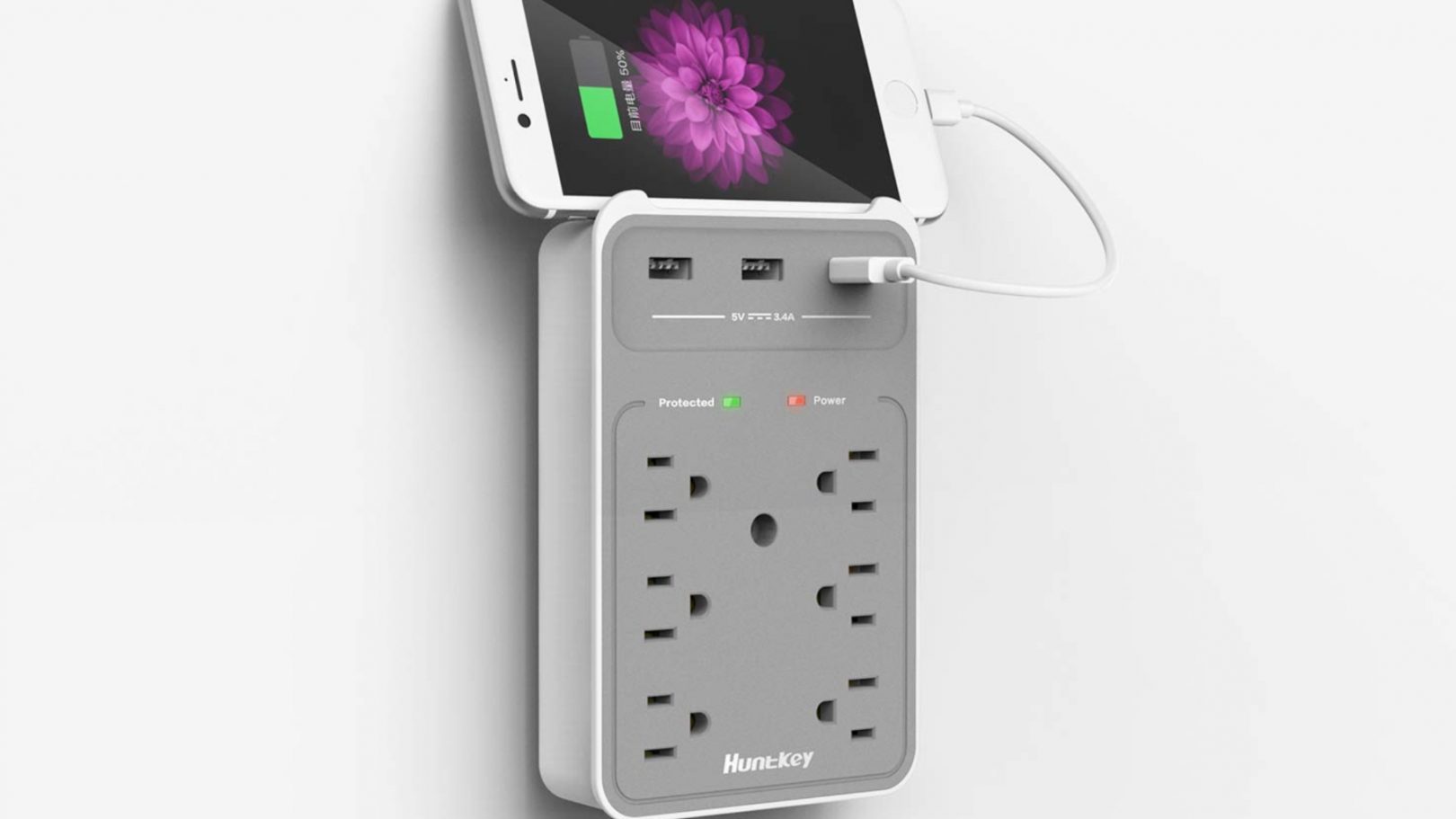
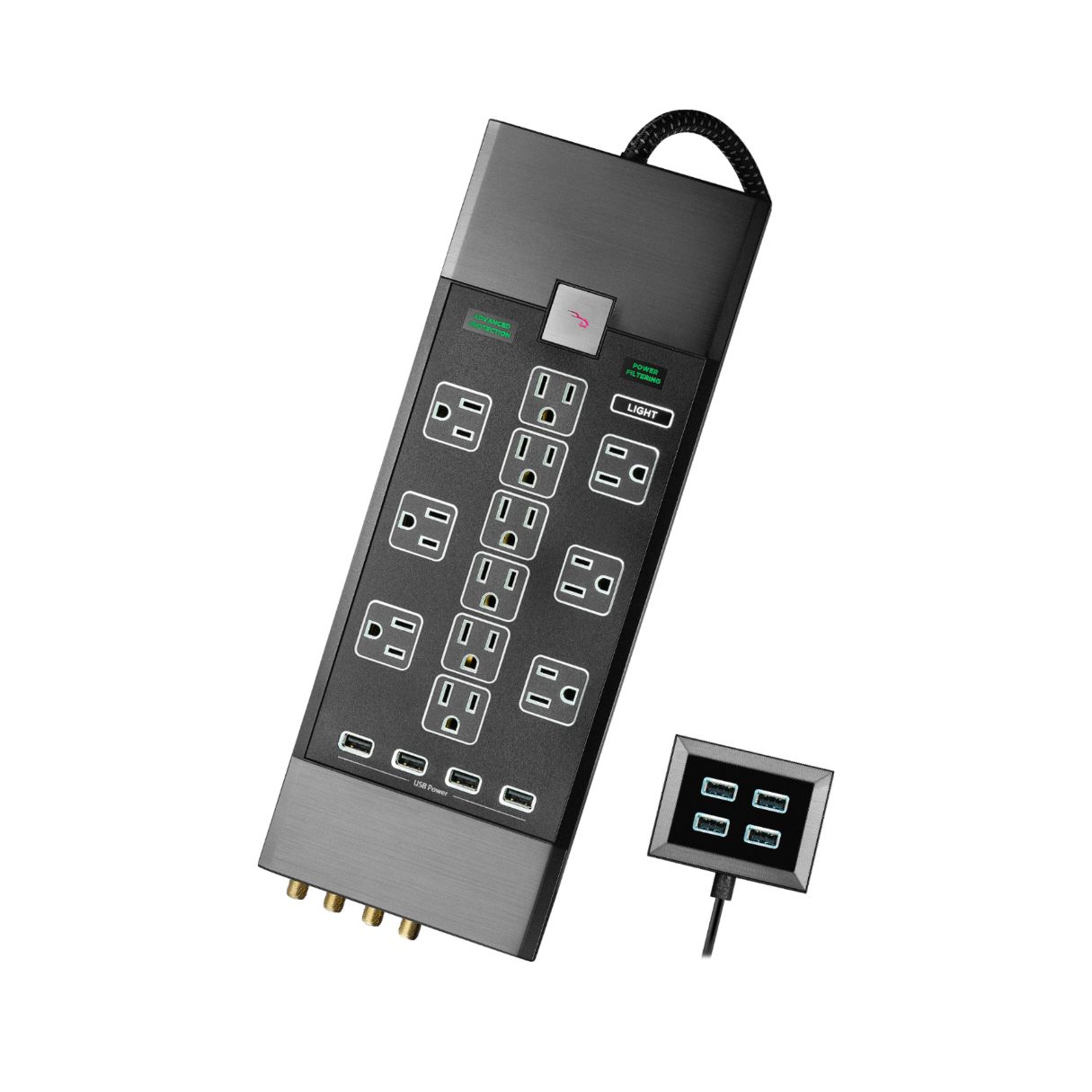

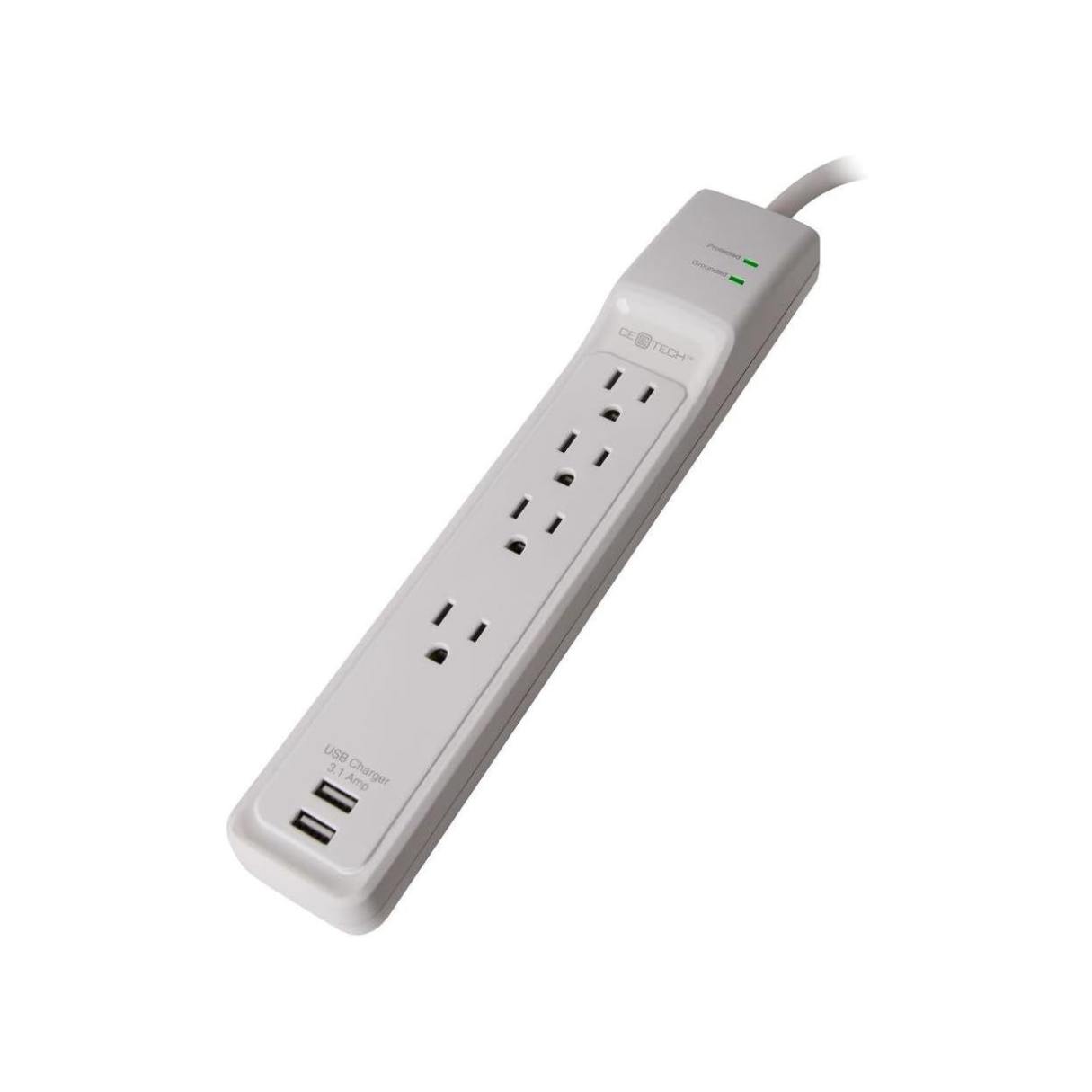
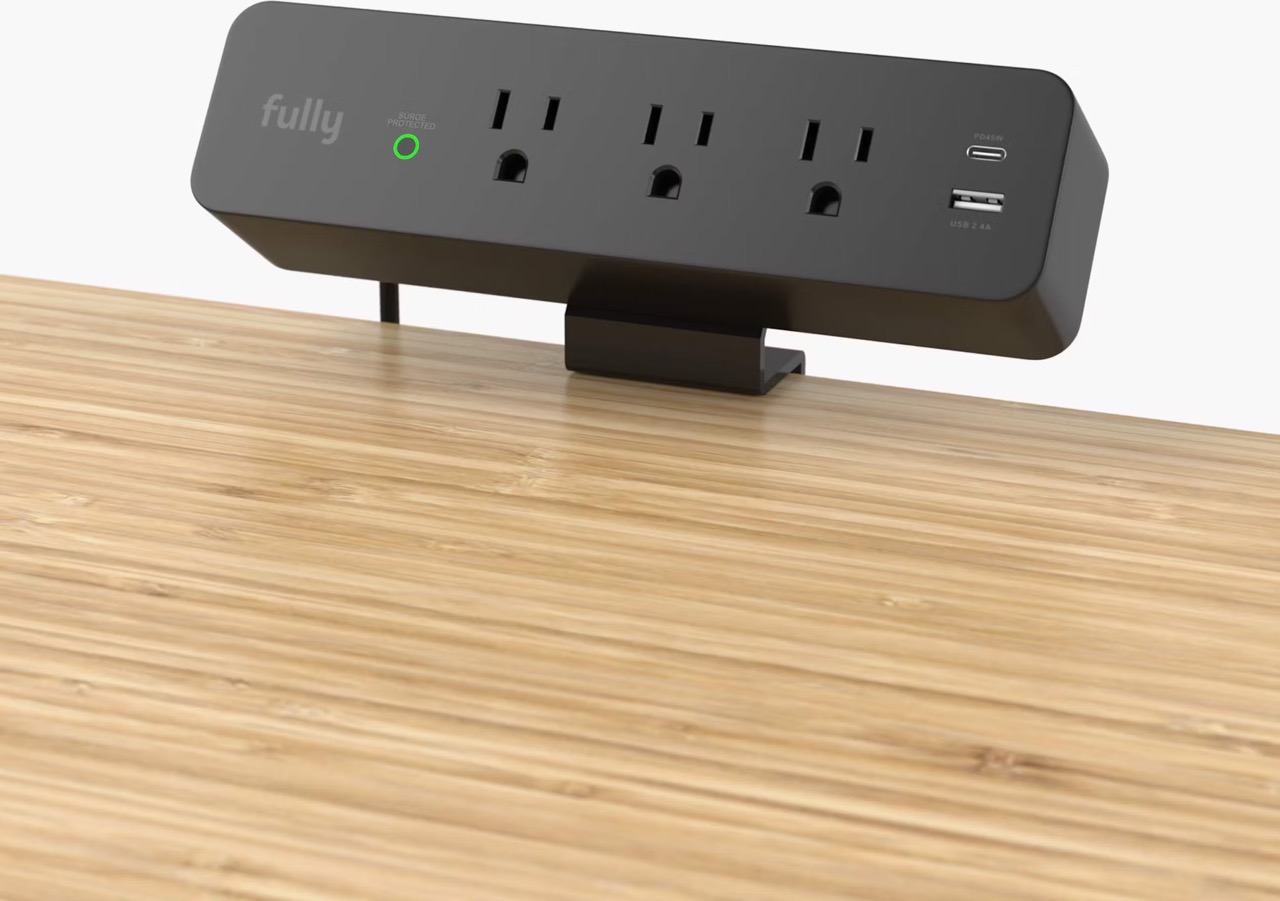

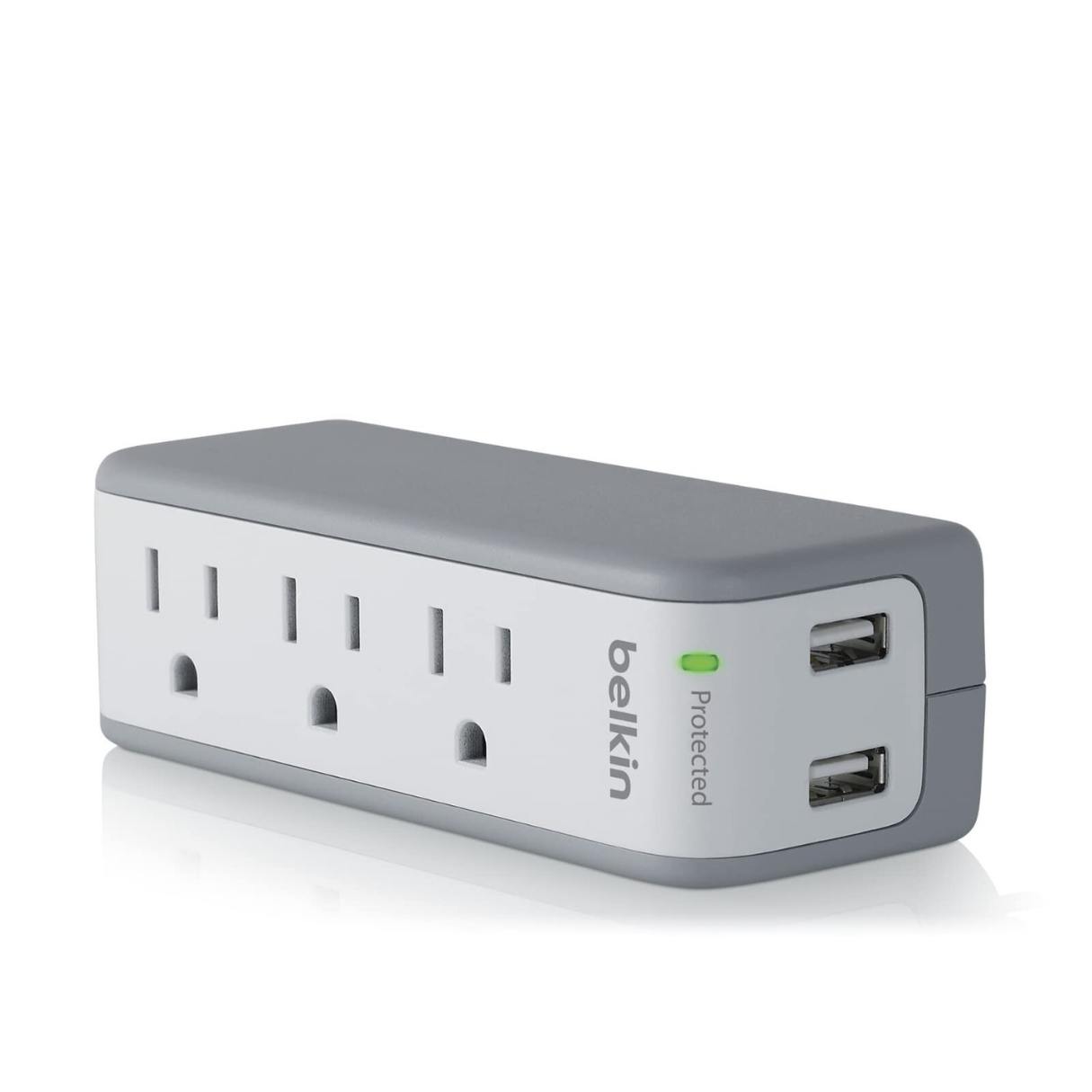
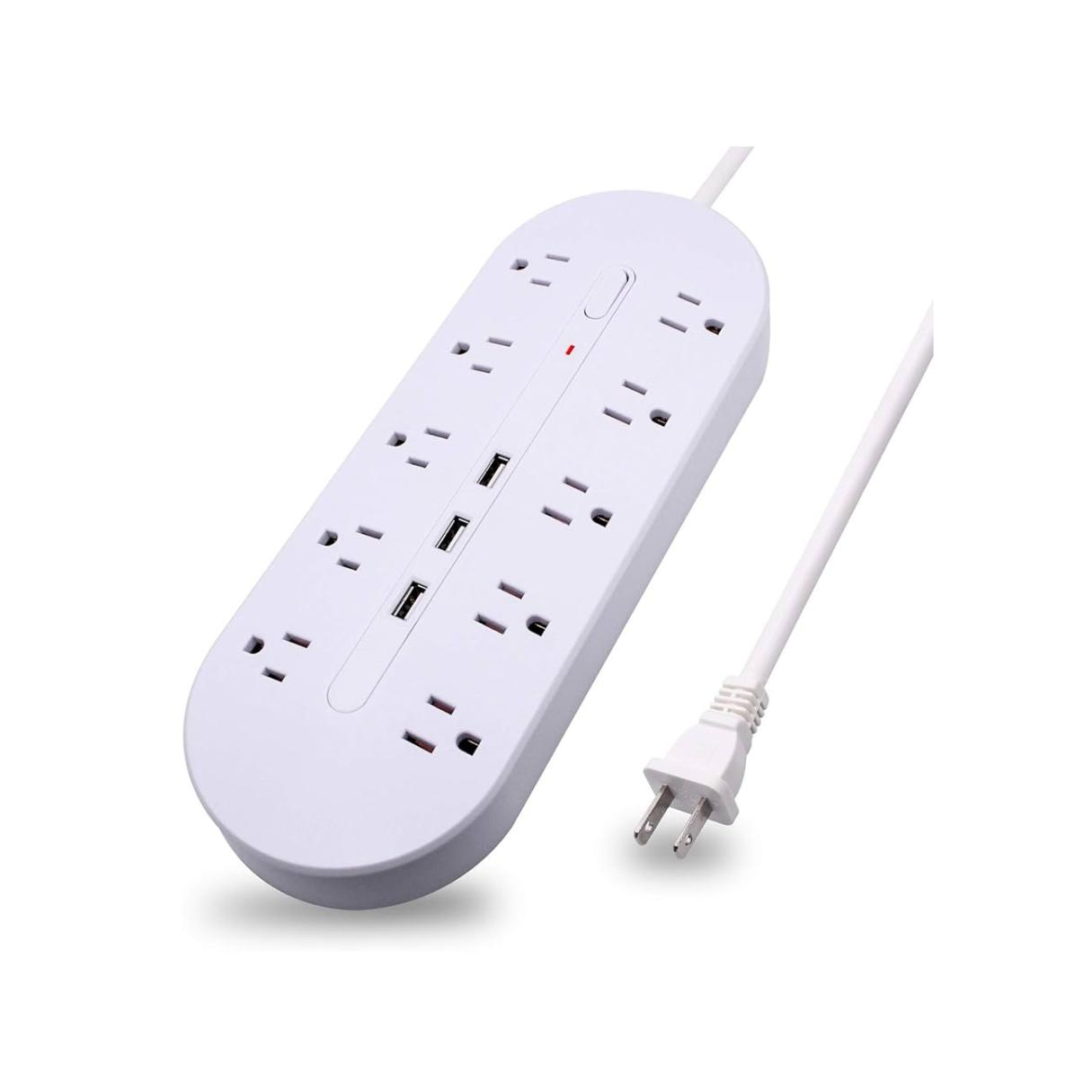
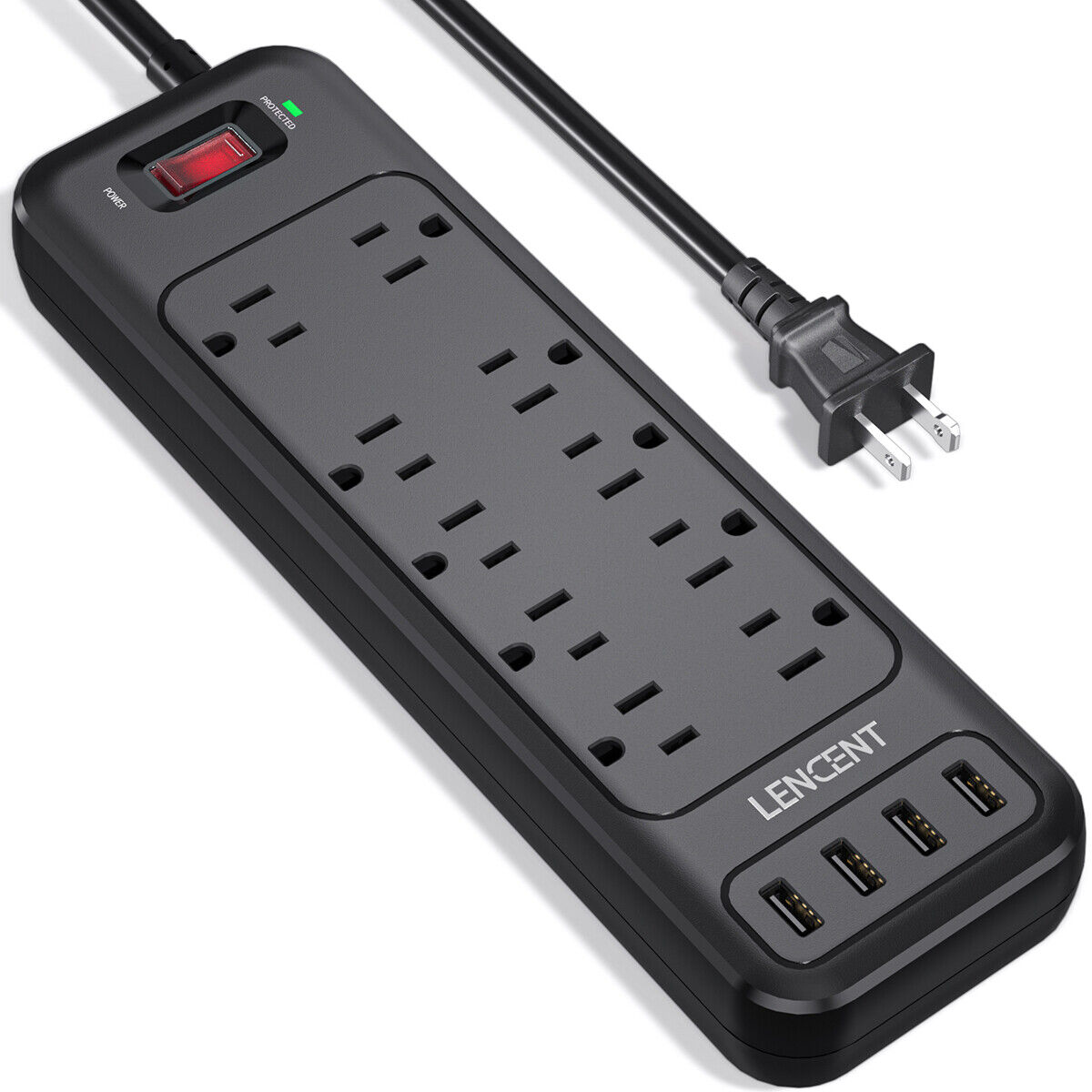

0 thoughts on “Which Of The Following Is Not True About Your Surge Protector?”